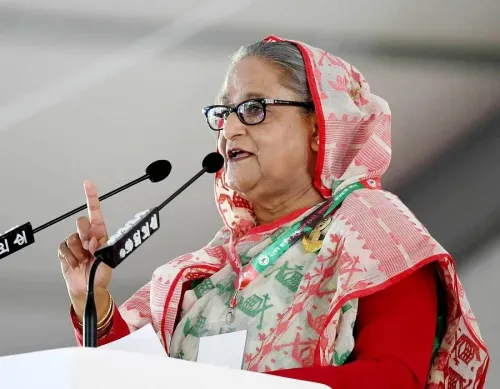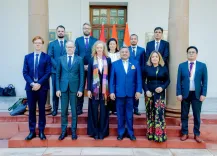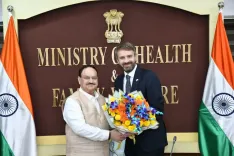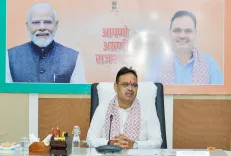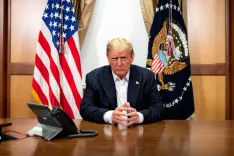How Did Anubhav Sinha Get So Close to Mahatma Gandhi?

Synopsis
Key Takeaways
- Anubhav Sinha shares a unique connection to Mahatma Gandhi through a historic microphone.
- Gandhi's only live address was a moment of empathy for displaced refugees.
- The address is celebrated as Public Service Broadcasting Day in India.
- Gandhi's message during the address emphasized resilience and compassion.
- Sinha's appreciation for culture and history enriches his artistic vision.
Mumbai, Oct 3 (NationPress) Acclaimed filmmaker and producer Anubhav Sinha, recognized for his works like ‘Mulk’, ‘Thappad’, and ‘Bheed’, recently shared his fascinating experience of coming closest to the physical presence of Mahatma Gandhi.
In a recent Instagram post, he uploaded a photograph taken during his visit to All India Radio. This image features the very microphone that Gandhi used for his only live broadcast to the nation on November 12, 1947.
Along with the photo, Sinha wrote a poignant caption: “On November 12, 1947, he came to All India Radio for the first and only time to address the nation. It wasn't a moment of celebration. He was heading towards Punjab, despite the Home Department's security warnings advising him to delay the trip. Tragically, he would never arrive. This microphone is what he spoke into, and it represents the closest I've ever been to his physical presence.”
On that day, Gandhi addressed refugees who were displaced due to the Partition of India at the Kurukshetra refugee camp. Although he could not physically attend the camp due to a prior meeting, he used the radio to convey his heartfelt empathy for their plight, urging them to endure their struggles with resilience and to find joy in acts of service. He likened this to celebrating Diwali through love and compassion. This significant broadcast is now celebrated annually as Public Service Broadcasting Day in India.
Notably, the address coincided with Diwali, leading Gandhi to reflect on the irony of the festival of lights occurring amidst the “deep darkness of displacement” and communal strife.
Previously, Sinha had shared a captivating photo taken in Paris, featuring the iconic Eiffel Tower in the backdrop. The image appears to be captured near the Pont Alexandre III or Place de la Concorde, showcasing ornate lamp posts along with typical Parisian street signs, including a “TAXIS” sign and a round red “no entry” sign.
Furthermore, he expressed admiration for the rich culture, heritage, and history of Paris.




